By Leah Defenbaugh
Kids are natural engineers. They wonder how and why things happen, and like to build and demolish things – even when you’d rather they didn’t! Channel that natural curiosity into hands-on learning with engineering videos and activities for the entire family. Using household materials, you can create challenges that solve everyday problems your family may encounter. Best of all, you can do this wherever you are.
Start off with the videos and challenges below, and then create your own experiments. Use the engineering design process to brainstorm, plan, build, and test your designs. Then share your cool creations with family and friends!
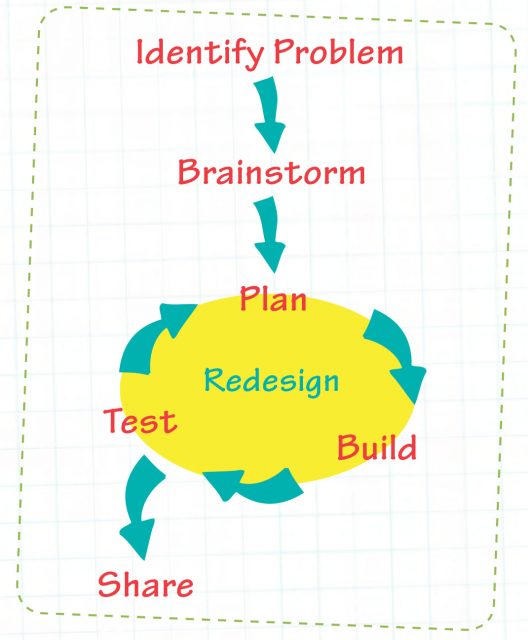
Brainstorm
What problems does your family encounter in everyday life? Maybe you need a better process for getting everything done on time in the morning. Or perhaps you are working and going to school from home and need a space in your home to concentrate. How are you going to solve these problems? With engineering!
In Hands-On Science, David Gillette talks with real STEM educators and professionals about how they build things – better. In this episode, funded by Xcel Energy Foundation, David and his friends try to identify problems, then go through the steps it takes to build better solutions.
Plan
Once your family has identified a problem, it is time to plan out your experiment. Record everyone’s ideas – a piece of paper, a tablet or computer, or sticky notes will all work. This is a time to hear all solutions, whether or not any one person thinks they will work. Once all solutions are on the table, decide as a family which solution you want to test out first. Depending on your project, you may all want to test out different ideas at the same time. Whatever you choose, just keep in mind that the process is as important as the outcome. Even if an idea does not solve your problem, you are still learning valuable information!
Industrious Engineering
Industrial engineers work to improve processes in order to save time, energy, or money when creating products. In this SciGirls activity, you can create processes to more quickly and effectively make a takeout food container. What creative solutions can you come up with to make the process even better?
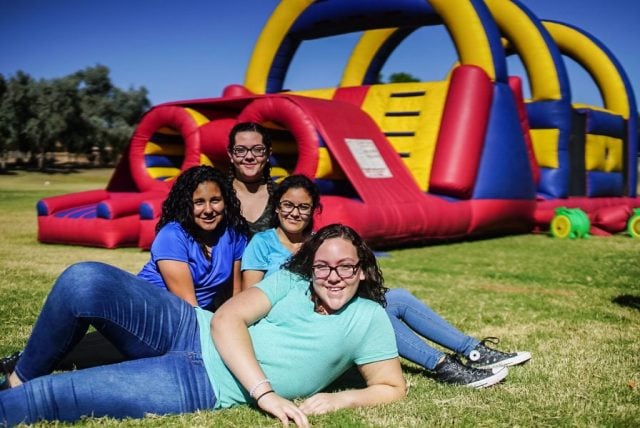
Build
You have problem you want to fix, and have decided which solution you will try first. Now it is time to build! In this step, creativity rules. Building can be messy and challenging, but should also be fun. Run into a problem and have to deviate from the plan? Great! Just make sure that you either remember, write, or draw out what you did. This will be important in the next phase. At the end of this step, you will have a prototype, which is another word for the thing you came up with that will solve your problem.
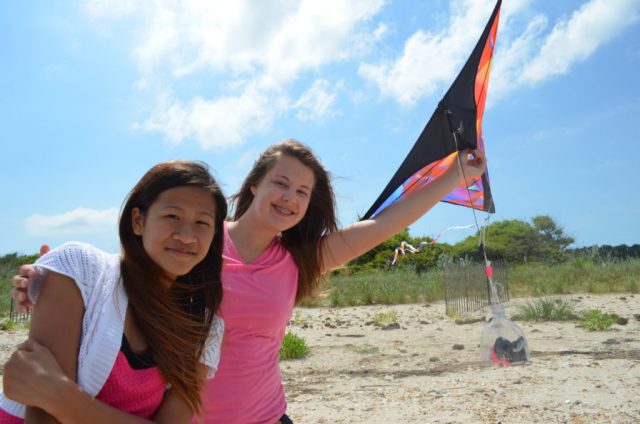
Parachute Parade
Skydivers rely on parachutes to slow them down as they fall from frightening heights. In this activity, you and your family can create a parachute for a toy that catches air and crates drag, a force that works against gravity. Using materials you already have around your house, how can you give your toys the safest landing possible?
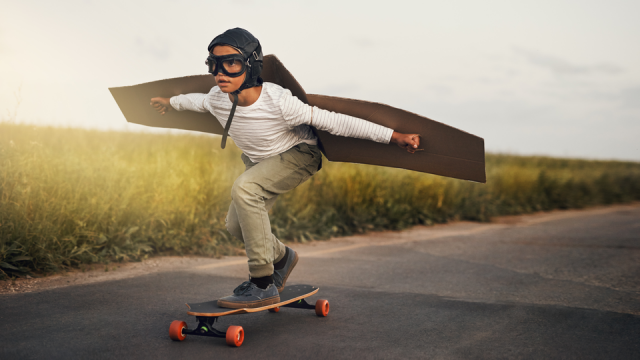
Cardboard Engineering
Many families have started going to stores less and ordering off of the internet more. This means more cardboard packaging laying around the apartment or house. What if you could use that cardboard to build cool things? Our friends at the Science Museum of Minnesota have created three fun engineering activities using that cardboard. How will you turn that trash into treasure?
Test
You have worked hard to identify a problem, planned out ways of overcoming it, and have a solution sitting in front of you. But does it work? It is time to find out! After each test, your family will need to evaluate the results. Did your prototype work like you thought it would? Why or why not? What can you change to make it work even better? Consider keeping a record of what worked, what did not, and what you can change. This will help you make better decisions about what to adjust in future tests. Finally, if your prototype did not work at all, that is fine! Every time you test, you learn something new. This step is all about learning, and using what you learn to make the next test better.
After this step, decide whether your prototype solves your problem. If it does not, go back to the planning stage. What did you learn? What can you change to make your prototype better? If it does, it is time to go on the next stage: sharing.
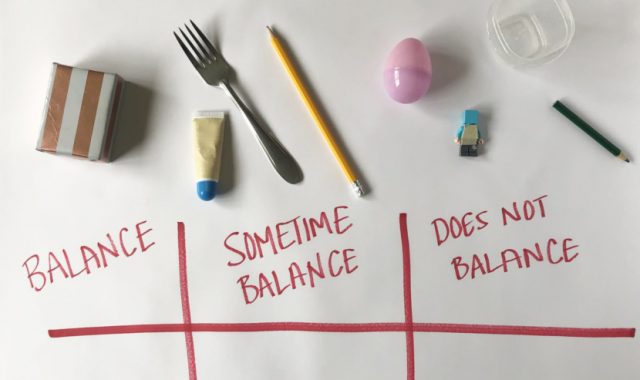
Which Objects Can Balance?
Hero Elementary is a TPT-produced PBS KIDS show all about using the superpowers of science to make your world better. This activity helps kids investigate different objects and predict which ones will balance. Families can practice making charts and testing different variables in a way that is simple and fun!
Share
Hooray! You used the engineering process and made something new! After taking some time to celebrate, it is time to share your invention with the world. Show your family members and friends what you came up with. Post it on social media. Tell us about your process by commenting at the bottom of our TPT Home Learning page. However you choose to share, take pride in the fact that you used the engineering process to make your lives, and the world, a little better.
To find more engineering activities, please visit
TPT’s Home Learning Page: https://www.tpt.org/homelearning/
SciGirls Connect: http://www.scigirlsconnect.org/
Hero Elementary: https://pbskids.org/heroelementary
Science Museum of Minnesota’s Home Learning Blog: https://new.smm.org/learn/
Thank you to Xcel Energy Foundation for funding Hands-On Science, and inspiring the next generation of engineers.
© Twin Cities Public Television - 2020. All rights reserved.
Read Next



